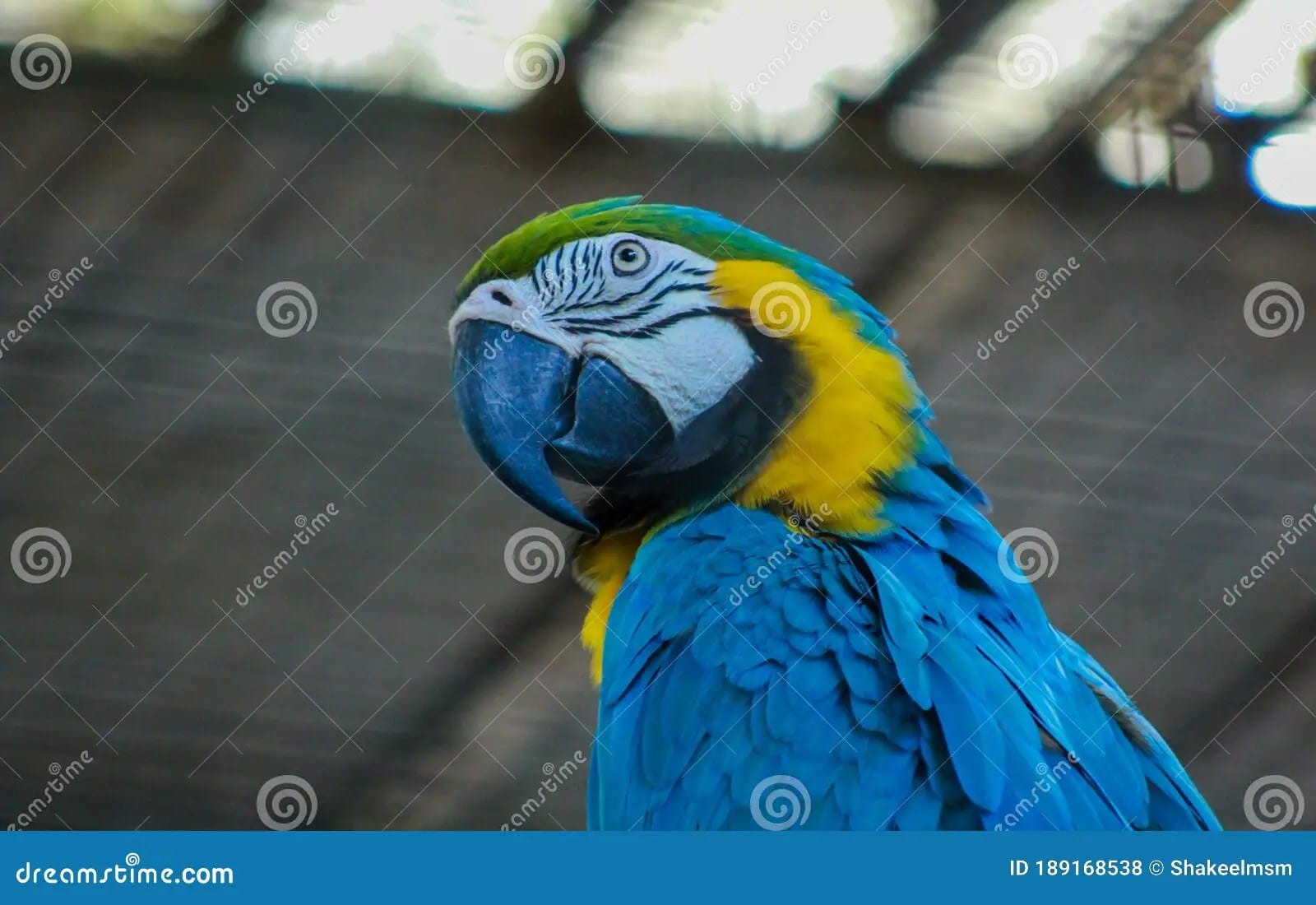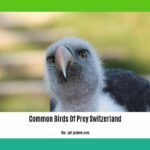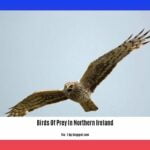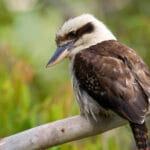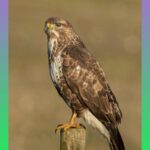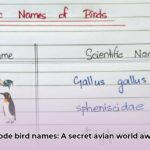Unveiling the Brilliance of Psittacidae: Beyond the Colors
Psittacidae, encompassing over 350 vibrant species, represent the remarkable diversity of parrots found across the world’s tropical and subtropical regions. These feathered charmers are more than just pretty faces with a knack for mimicking sounds; they’re the brainiacs of the avian world, captivating scientists and bird enthusiasts with their intelligence, vibrant colors, and complex social lives.
Originating roughly 66 million years ago, Psittacidae parrots evolved from a common ancestor shared with Australian cockatoos, diverging into distinct Old World and New World lineages. Their journey through millions of years has resulted in a stunning array of species, each uniquely adapted to its environment. From the majestic macaws of the Amazon rainforest to the familiar budgies chirping in homes, they all belong to this remarkable family.
Decoding the Parrot: What Makes a Psittacidae?
You probably know them better as parrots! “Psittacidae” is simply the scientific term for this diverse and colorful family of birds. But what exactly sets them apart?
Beyond their striking plumage, Psittacidae exhibit exceptional intelligence and complex social behaviors, making them fascinating subjects of scientific study and beloved companions. Their strong, curved beaks, designed for cracking seeds and nuts, and their upright stance hint at their unique adaptations. Those zygodactyl feet – two toes forward, two toes back – provide incredible climbing skills and the dexterity to manipulate objects with surprising ease.
But their physical attributes are just the beginning. Parrots are incredibly smart, capable of solving complex problems and even using tools to achieve their goals. Their ability to learn new sounds is extraordinary, and many species can copy various noises, including human speech. However, it’s their own communication that is truly impressive – a complex system of calls and songs that facilitates sophisticated social interactions within their flocks.
Here’s a quick summary:
- The scientific term “Psittacidae” basically means “parrot.”
- There are hundreds of parrot species, each with its own unique look and personality.
- Parrots are famous for their beauty, intelligence, and playful nature.
- Some parrots can even talk, imitating human speech!
The African Grey Enigma: Are They Truly Friendly?
African Grey parrots are renowned for their exceptional intelligence. But are they inherently friendly? The answer is more nuanced than a simple yes or no.
Just like humans, each African Grey possesses a unique personality. Some are social butterflies, eager to interact and play. Others might be initially shy, requiring time to warm up to new people.
Upbringing plays a significant role in shaping their temperament. A parrot raised with love, care, ample attention, and enrichment is more likely to be friendly and trusting. Conversely, neglect, abuse, or a lack of proper socialization can lead to fear and anxiety around humans.
So, can African Greys be wonderful companions? Absolutely! However, it requires a mutual understanding, patience, and a commitment to providing a stimulating and nurturing environment. Building a bond with an African Grey is like cultivating a special friendship with a highly intelligent and sensitive being.
Unlocking the Mystery: Can Psittacidae Really Talk?
The ability of some parrots to mimic human speech is undeniably one of their most captivating traits. But can all parrots talk?
The reality is more complex. While not every parrot species can belt out a tune or recite Shakespeare, many can learn to copy sounds from their surroundings, particularly those made by humans.
Humans possess vocal cords, enabling us to produce a variety of sounds. Parrots, on the other hand, have a specialized organ called a syrinx, which functions similarly to a built-in sound system. This anatomical feature, coupled with their inherently social nature, contributes to their remarkable ability to learn and utilize new sounds.
Some parrots are natural chatterboxes, while others might only master a few words or phrases. African Grey Parrots, for instance, are often considered the overachievers in vocal mimicry, frequently surprising their owners with their ability to learn a wide range of words and even use them contextually.
However, even within the same species, some individuals are more talkative than others. This variation is similar to how some humans are naturally gifted singers, while others excel in athletics. It’s all about individual talent and personality.
Training also plays a crucial role. A parrot consistently exposed to new words and phrases, especially in a fun and encouraging environment, is more likely to start mimicking those sounds. It’s akin to learning a new language – practice makes perfect!
It’s important to remember that parrots aren’t merely mimicking for amusement (though they likely enjoy it). In the wild, they use vocalizations for communication within their flocks, whether calling out to flock mates, attracting mates, or defending their territory. When a parrot learns to “talk” to humans, they are essentially employing their incredible skills to bond with another species – us.
The more we study these fascinating creatures, the more we understand that their ability to “talk” is intertwined with their intelligence and social nature. It serves as a reminder of the vastness of the animal kingdom and how even seemingly simple behaviors, like a parrot mimicking human speech, can reveal hidden depths.
Conservation: Safeguarding the Future of Psittacidae
Conservation efforts are critical for many Psittacidae species facing threats from habitat loss, illegal trade, and climate change, highlighting the importance of responsible pet ownership and environmental stewardship. Imagine a world without the symphony of parrot calls echoing through rainforests or the playful antics of these intelligent birds. It’s a sobering thought.
Habitat loss due to deforestation and urbanization is a pressing concern, pushing many Psittacidae populations to the brink. The illegal pet trade, driven by the demand for exotic pets, further exacerbates the problem, often involving the capture of wild parrots, which can decimate populations.
Climate change adds another layer of complexity, affecting habitats, food sources, and even breeding patterns. The consequences of inaction are dire, but we can make a difference.
Here are some ways to contribute to their protection:
- Support Ethical Pet Ownership: Choose captive-bred parrots from reputable breeders who prioritize the well-being of their birds. This helps reduce the demand for wild-caught parrots and supports ethical breeding practices.
- Protect Habitats: Support organizations dedicated to rainforest conservation and sustainable land management practices. By protecting their habitats, we safeguard the future of these magnificent birds.
- Spread Awareness: Educate yourself and others about the threats Psittacidae face and the importance of conservation. Sharing information can inspire action and create a collective effort to protect these remarkable creatures for generations to come.
Have you ever wondered what the largest butterfly in the world is? It’s the queen Alexandra’s birdwing, and it’s truly a sight to behold. Similarly impressive in size, the pythonidae family includes some of the largest snakes in the world, known for their impressive size and strength.
